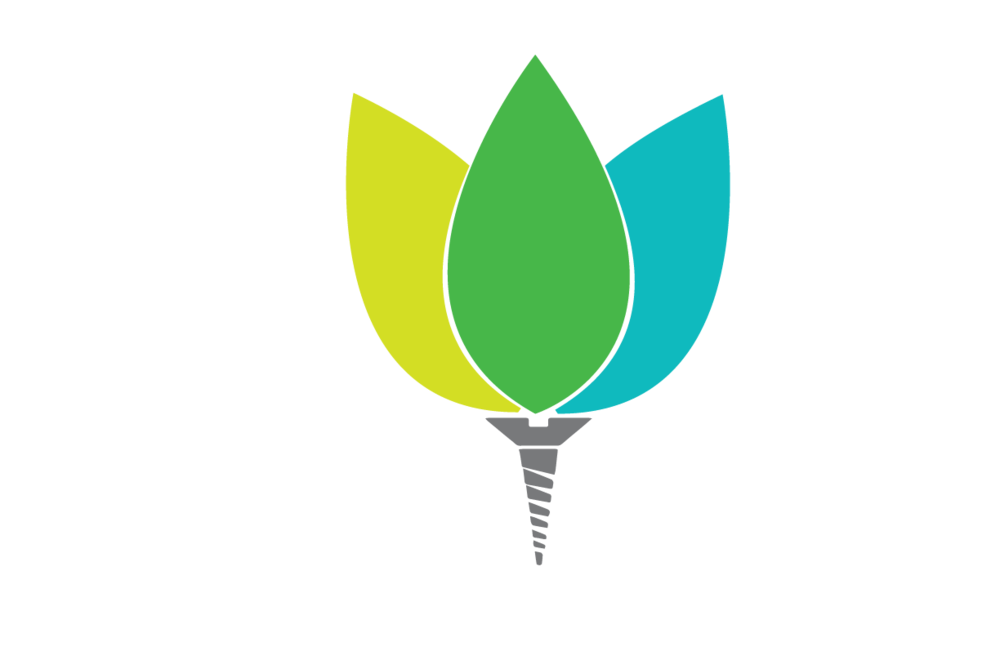2017.04.02
The cycles I see in my “natural spot” are cycles of insects, birds, “pests,” and plants like planted flowers, weeds and trees. These organisms thrive year-round, however in the winter they go into a resource-conserving phase. They are not dormant but their expression of life is limited. They are much more conservative. Conservation is an important term in sustainability. We tend to steer away from the terms conservative and conserving, but we love the word conservation. Conservation and preservation have been used hand-in-hand and oftentimes interchangeably. These are ideals have not explored or expressed deliberately in my final project in Biomimetic Design, but they are important concepts nonetheless. Though they may echo throughout the functions and strategies used in the Self Sustaining Sustenance Pod, it would be helpful to the project narrative and my design process to explore the ideas in the final design and discuss them explicitly in the design narrative.
The most basic and important feature of the sssP is its ability to enclose and those store and protect. This, by nature, is quite conservative and preservative.
The secondary sssP feature of water filtration is both conservative as the pod can store the water for drinking or for agricultural usage, and it is also preservative as it is taken into consideration the value of not only water but purified / drinking water.
The tertiary feature of sssP is its ability to replicate and / or disperse, or to continue living. It begins as a living, biological creation but it is able to continue living by its seed storage and usage and its bio-based enclosure. Like the box fruit, its shell is sturdy but it is also permeable and edible. Thus the sssP's enclosure, contents and water filtration ability allow it to live again, and possibly again and again. This is not necessarily conservative or preservative, but it takes into consideration life cycles and is thus truly sustainable.
In experiencing my natural spot, my backyard, I think my design idea can learn from the way organisms respond to weather and external environmental factors. Perhaps the sssP could go into a dormant state when resources are more scarce. One function it could perform while dormant is passive water filtration, whereby the pod filters water in its surroundings. It also collect solar energy and store it in a battery form while it is dormant / not growing food or being used to filter water for drinking.
Source: http://www.fewresources.org/water-scarcity-issues-were-running-out-of-water.html


































